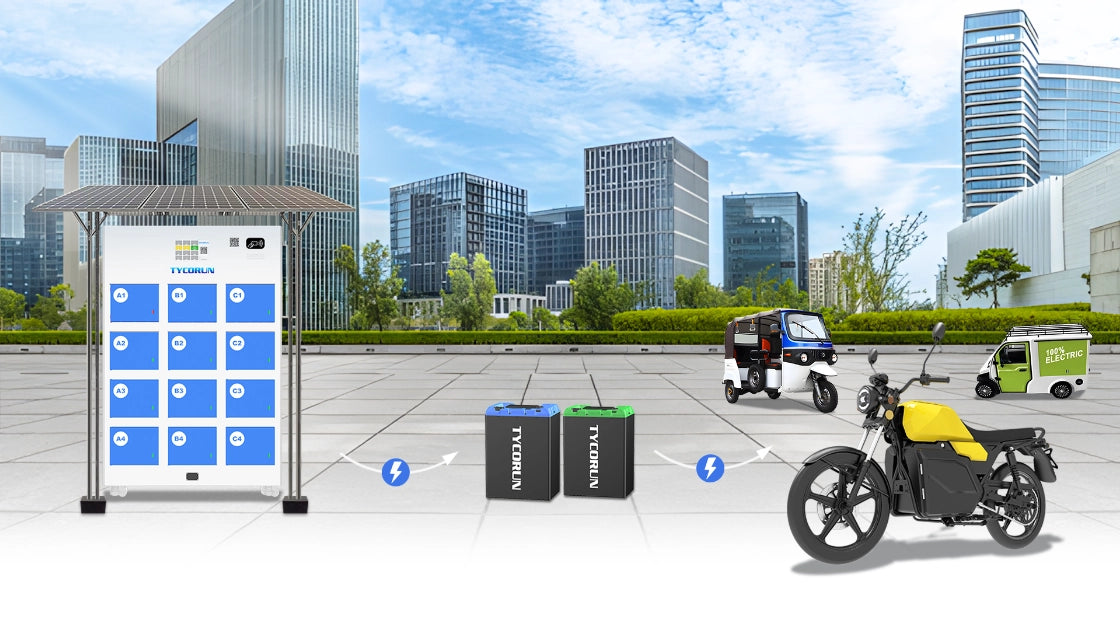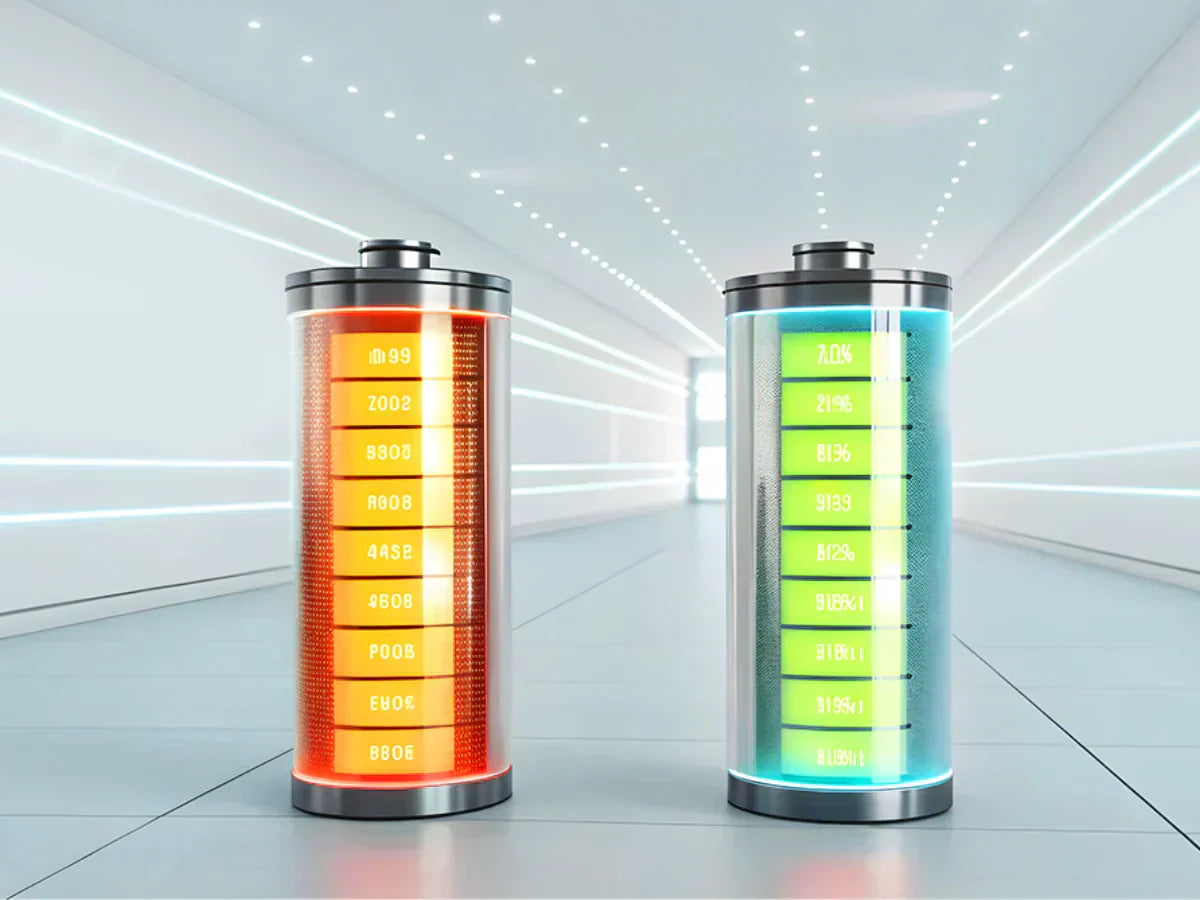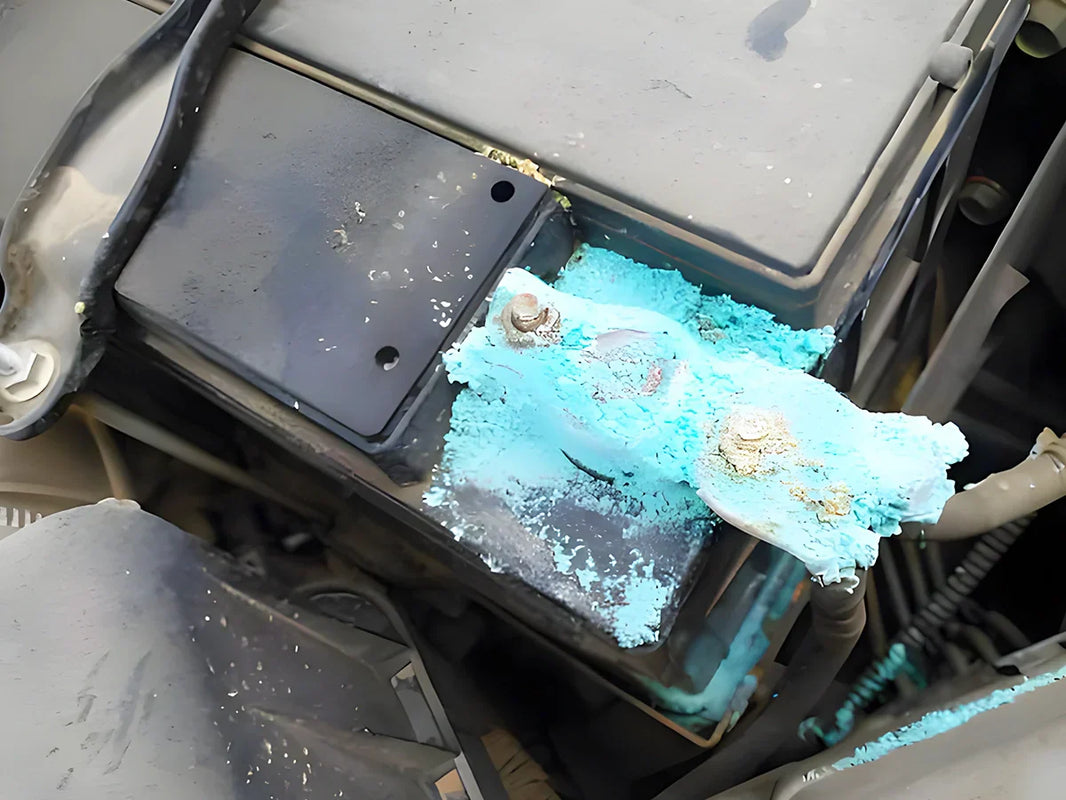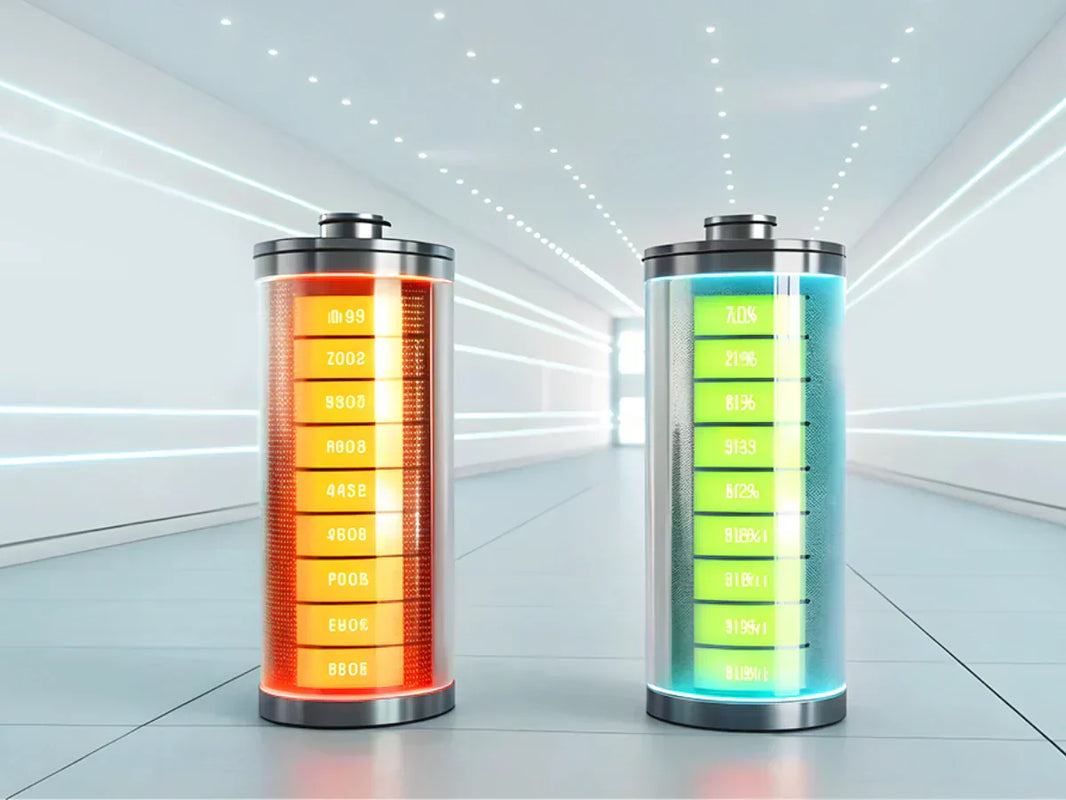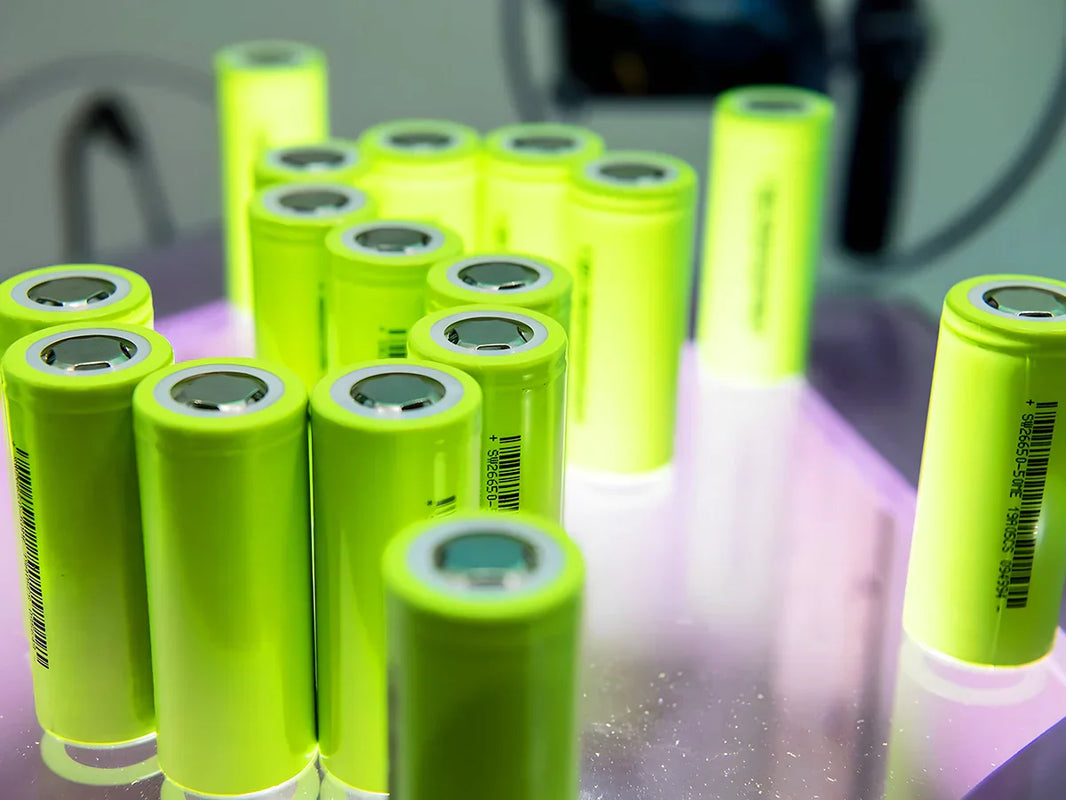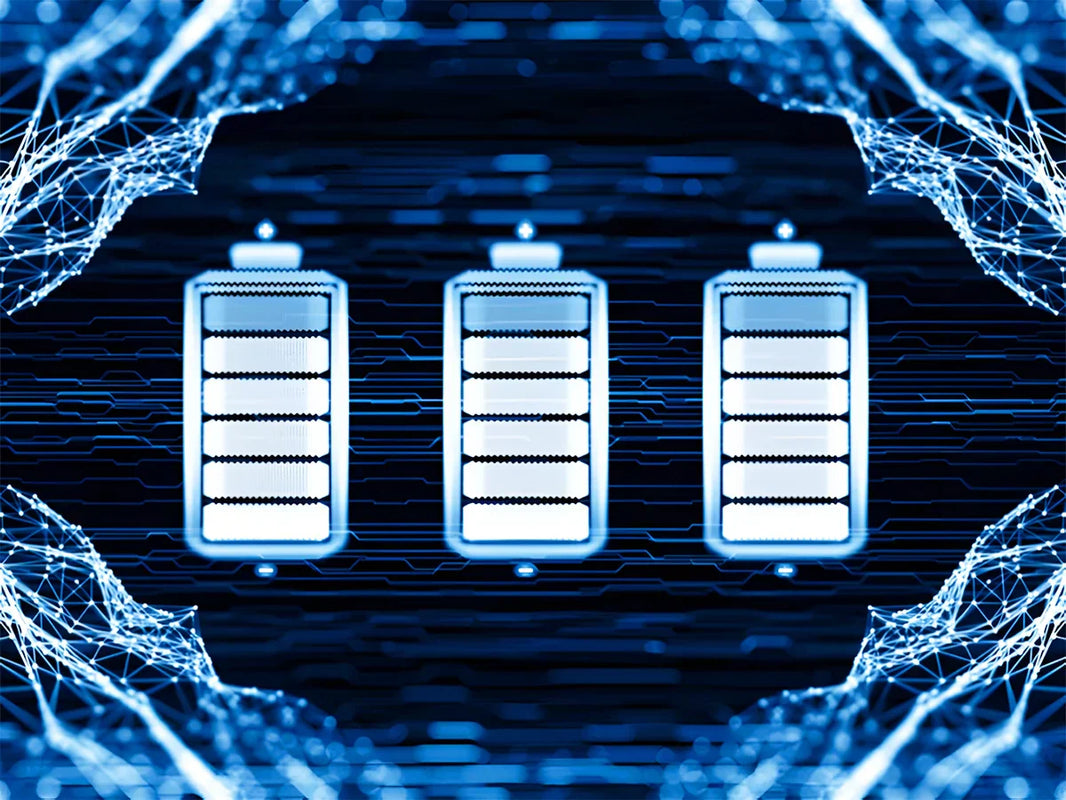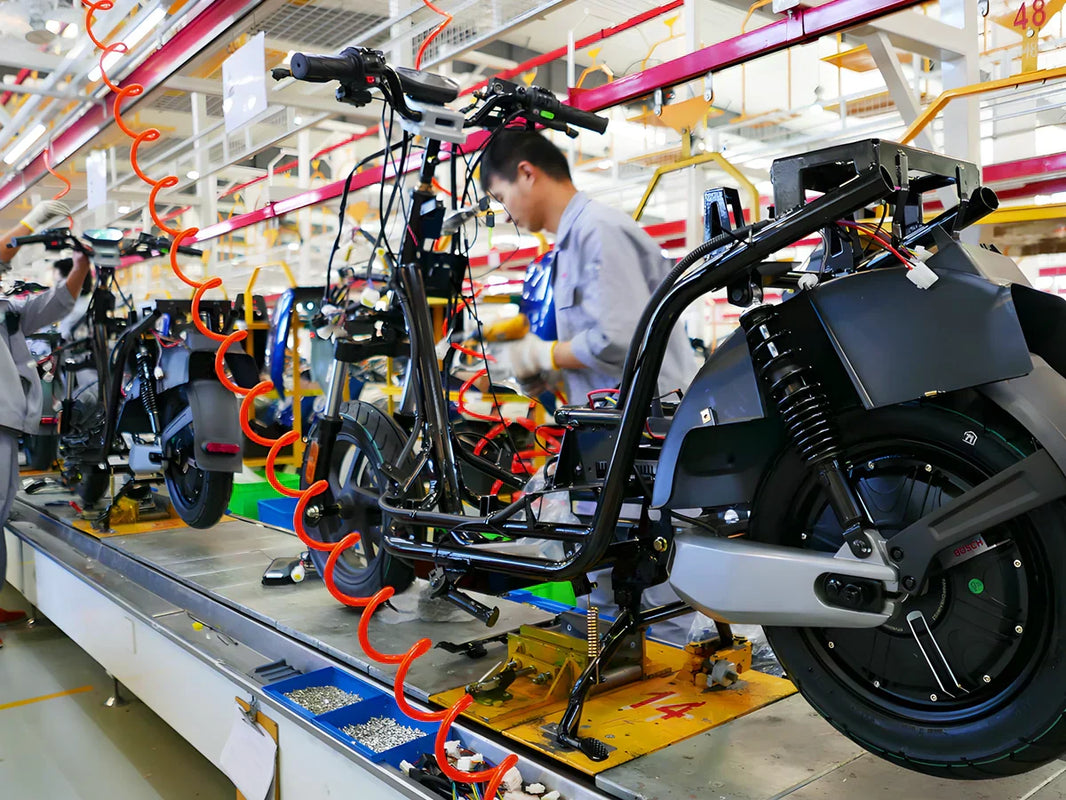
Main content:
Energy density is a crucial indicator of how much energy a battery can store per unit of weight or volume. A higher energy density allows devices to operate longer without increasing size or weight. Understanding the energy density formula not only helps evaluate battery performance but also guides technological innovation in electric vehicles, aerospace, consumer electronics, and energy storage.
What is Energy Density?
Battery energy density refers to its ability to store energy. It is generally divided into two types. The first is gravimetric energy density (also known as specific energy). This is the ratio of the total energy stored in a battery to its total mass, or Wh/kg. It reflects the amount of energy a battery can provide per unit mass. The second is volumetric energy density (also known as specific capacity). This is the ratio of the total energy stored in a battery to its total volume, or Wh/L. It reflects the amount of energy a battery can provide per unit volume.
Energy Density Formula
Battery gravimetric energy density = battery capacity × discharge platform / weight, with the basic unit being Wh/kg (watt-hours/kilogram).
Battery volumetric energy density = battery capacity × discharge platform / volume, with the basic unit being Wh/L (watt-hours/liter).
Cell-Level vs System-Level Energy Density

Battery energy density often refers to two different concepts: the energy density of a single cell and the energy density of the battery system.
A cell is the smallest unit of a battery system. M cells form a module, and N modules form a battery pack, which is the basic battery structure of automotive power batteries.
Single-cell energy density, as the name suggests, refers to the energy density at the level of a single cell.
System energy density refers to the total energy capacity of the entire battery system after all cells are assembled, divided by the weight or volume of the entire battery system. Because the battery system includes the battery management system, thermal management system, high- and low-voltage circuits, and other components, which contribute to the weight and internal space of the battery system, the energy density of the battery system is lower than the single-cell energy density. Energy density formula at the system level = battery system capacity / battery system weight OR battery system volume.
Practical Calculation Examples of Energy Density
- Suppose there is a lithium iron phosphate square battery cell with a capacity of 100Ah and a weight of 2Kg, and the average discharge voltage of lithium iron phosphate is 3.2V. Then the mass energy density of the battery is: 100Ah*3.2V/2Kg=160 Wh/kg
- Suppose there is a ternary square battery cell with a capacity of 100Ah and a weight of 1.5kg. The average discharge voltage of general NCM is 3.7V. Then the mass energy density of the cell is: 100Ah*3.7V/1.8Kg=205.5 Wh/kg
- Suppose there is a pack composed of 80 lithium iron phosphate batteries in (1) connected in series. The mass of the entire pack is 180Kg (the mass of 80 cells + the mass of each module in the pack). The energy density of the pack is: 100Ah * 80 * 3.2 / 180kg = 142.2 Wh/kg. Because the pack contains other components, its mass energy density is necessarily lower than that of a single cell. When the energy density of the cell cannot be increased, we can only improve the structure of the module, pack, and other components according to the energy density formula.
Comparison of Common Battery Energy Densities
| Battery Type | Gravimetric Energy Density (Wh/kg) | Volumetric Energy Density (Wh/L) | Features |
|---|---|---|---|
| Lead-acid Battery | 30–50 | 50–90 | Low cost and low energy density, used for starting power sources |
| Nickel–metal Hydride Battery | 60–120 | 140–300 | High safety, used in hybrid electric vehicles |
| Lithium-ion Battery | 150–270 | 250–700 | Mainstream technology, used in mobile phones and EVs |
| Lithium Iron Phosphate Battery | 90–160 | 200–350 | High safety and long cycle life, used for energy storage |
| Solid-state Battery | 300–500 (theoretical) | 800–1200 (theoretical) | Great potential, high safety, not yet industrialized |
| Lithium–sulfur Battery | 400–600 (theoretical) | 350–500 (theoretical) | High specific energy and long cycle life potential |
How to Improve Battery Energy Density?
Increase the Proportion of Cathode Active Material
Increasing the positive electrode active material ratio is primarily to increase the lithium ratio. In the same battery chemistry, an increase in lithium content (other conditions remaining unchanged) will also lead to a corresponding increase in energy density. Therefore, within certain volume and weight constraints, we want more positive electrode active material, and more. This directly impacts the result of the energy density formula.
Increase the Proportion of Anode Active Material
This is actually to accommodate the increase in positive electrode active material. More negative electrode active material is needed to accommodate incoming lithium ions and store energy. If there's insufficient negative electrode active material, excess lithium ions will deposit on the negative electrode surface rather than embedding within it, leading to irreversible chemical reactions and battery capacity degradation.
Improving the Specific Capacity of the Cathode Material
The proportion of positive electrode active material has an upper limit and cannot be increased indefinitely. Given a fixed total amount of positive electrode active material, energy density can only be increased by allowing as many lithium ions as possible to deintercalate and participate in chemical reactions.
Therefore, we aim for a high mass ratio of deintercalable lithium ions relative to the mass of the positive electrode active material, which translates to a high specific capacity.
This is one of the most effective ways to increase the value calculated by the energy density formula.
This is why we research and select different positive electrode materials, from lithium cobalt oxide to lithium iron phosphate to ternary materials, all with this goal in mind. Lithium cobalt oxide can achieve 137 mAh/g, while lithium manganese oxide and lithium iron phosphate both achieve values around 120 mAh/g. Nickel-cobalt-manganese ternary materials can reach 180 mAh/g. Further improvements require research into new positive electrode materials and progress towards industrialization.
Improving the Specific Capacity of Anode Materials
Relatively speaking, the specific capacity of anode materials is not yet the primary bottleneck for lithium-ion battery energy density. However, further increasing the specific capacity of the anode means that less anode material can accommodate more lithium ions, thereby achieving the goal of increasing energy density.
Graphite-based carbon materials have a theoretical specific capacity of 372 mAh/g. Research on hard carbon materials and nanocarbon materials based on this theory can increase the specific capacity to over 600 mAh/g. Tin-based and silicon-based anode materials can also increase the specific capacity of the anode to a very high level, and these are currently hot research areas.
Reducing Battery Pack Weight
In addition to the active materials in the positive and negative electrodes, the electrolyte, separator, binder, conductive agent, current collector, matrix, and casing materials all constitute the "dead weight" of a lithium-ion battery, accounting for approximately 40% of the total battery weight. Reducing the weight of these materials without compromising battery performance can also improve the energy density of lithium-ion batteries.
To address this issue, detailed research and analysis of the electrolyte, separator, binder, matrix and current collector, casing material, and manufacturing process are required to identify a suitable solution. By improving each of these aspects, the overall energy density of the battery can be significantly increased.
As the above analysis demonstrates, improving the energy density of lithium-ion batteries is a systematic project. We must prioritize improving manufacturing processes, enhancing the performance of existing materials, and developing new materials and chemistries to identify short-, medium-, and long-term solutions.
Optimizing the Structural Layout
In terms of external dimensions, we can optimize the internal layout of the system, making the components within the battery pack more compact and efficient.
Topology Optimization
We use simulation to achieve weight reduction while ensuring rigidity and structural reliability. This technology enables topological and morphological optimization, ultimately helping to reduce the weight of the battery case.
Material Selection
We can choose low-density materials. For example, the battery pack cover has gradually transitioned from traditional sheet metal to composite materials, reducing weight by approximately 35%. For the battery pack lower case, the company has gradually transitioned from traditional sheet metal to aluminum extrusions, achieving a significant weight reduction of approximately 40%.
Applications of High-Energy-Density Batteries

Electric Vehicles
Electric vehicles and electric motorcycles must maintain sufficient range within limited space and weight constraints. High-energy-density batteries based on the energy density formula enable longer range, lighter weight, and better performance.
Aerospace
UAVs, satellites, and spacecraft are extremely sensitive to weight and volume. High-energy-density batteries can maximize energy storage within limited space, extending flight or mission duration while reducing payload weight, fuel consumption, and the burden on the propulsion system. For deep space probes, high energy density is crucial to mission success.
Consumer Electronics
Smartphones, laptops, and tablets have limited battery space, but users demand longer battery life. High-energy-density batteries can store more energy in a smaller package, extending device life while maintaining a thin and lightweight design. Wearable devices such as smartwatches and wireless earbuds also rely on high-energy-density batteries to reduce weight and improve wearer comfort.
Energy Storage Systems
Whether it's home energy storage or industrial grid energy storage, space and cost are key considerations. High-energy-density batteries can store more energy in a smaller space, reducing floor space and installation costs while improving system energy efficiency. For energy storage systems combined with solar or wind power, high energy density also means more power can be stored to handle peak loads.
Military & Special Applications
Portable military equipment, unmanned reconnaissance vehicles, and emergency power systems all require lightweight design and long battery life. High-energy-density batteries can provide sufficient power while maintaining a lightweight design, ensuring long-term, stable operation of equipment in field or battlefield environments, reducing supply pressure and increasing mission success rates.
Conclusion
Mastering the energy density formula is essential for improving battery design and performance. By optimizing materials, reducing weight, and enhancing structure, manufacturers can achieve higher energy density. This leads to longer runtimes, lighter devices, and more efficient energy storage solutions. As industries evolve, high-energy-density batteries will remain at the heart of energy innovation and sustainable development.
Related articles: battery high energy density, batteries SOC, lithium battery failure

